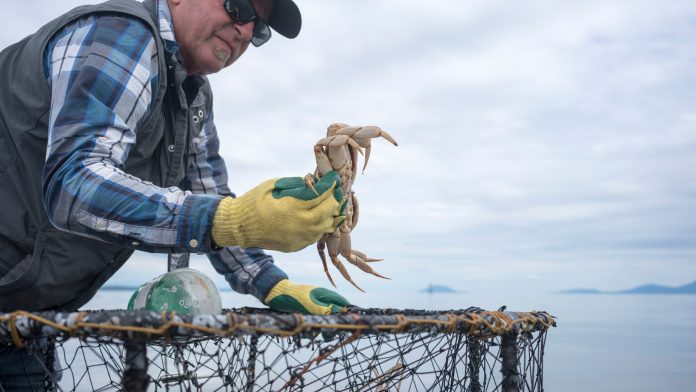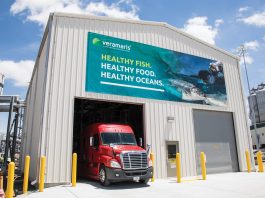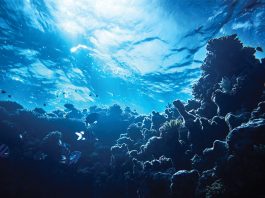To ensure sustainable fishery management, a new study, published in Frontiers in Marine Science, has identified the regions in southern European seas which are considered hot spots for undersized fish.
These areas have persistently shown high numbers of undersized fish and crustaceans, which are typically discarded because they are below the allowable size limit for collection. These findings may offer a strategy for prioritising conservation efforts and ensuring more sustainable fishery management in the future.
Lead author Dr Giacomo Milisenda, of the Stazione Zoologica Anton Dohrn di Napoli in Italy, said: “Natural fish populations need time to reproduce and recover from fishing impacts – this is the only way to achieve a balance between natural resources and human exploitation. Our findings provide evidence supporting active spatial-based management, such as the designation of Fisheries Restricted Areas (FRAs) in order to minimise the capture of immature or undersized specimens and improve the sustainability of demersal – that is, sea floor – fisheries.”
Europe’s steps toward sustainable fisheries
A draft report from the European parliament in early January states that Europe is far from reaching its marine sustainability and biodiversity goals. Despite the EU Common Fishery Policy and commitments made by the European Commission, overfishing, habitat destruction, and excessive discarding of unwanted catches are still ongoing problems.
The latest report from the Food and Agriculture Organization (FAO) of the United Nations found that 75% of Mediterranean and Black Sea fish stocks are overfished. Furthermore, past research has shown that, globally, more than 40% of catches are thrown back. The FAO has also found that roughly 50% of the discarded fish from the Mediterranean Sea is the result of demersal trawling, which is a method of dragging nets across the sea floor.
To identify the regions that regularly have high proportions of unwanted catches, the research team combined bottom trawling surveys with the itineraries of commercial fishing operations from the last 15 years. They focused on four of the most important fishing waters in the area: the continental Portuguese coast, Catalan Sea, South of Sicily and Liguria, and the northern Tyrrhenian Seas.
Their findings showed that there were patches that were repeatedly trawled, and that these locations frequently coincided with hot spots of undersized animals. These methods may also make it possible to predict and avoid zones that are likely to have too many of these smaller animals.









